Micro-Balances
The Gibertini micro balance of 0.001mg | 1µg and maximum capacity 1g
The Gibertini laboratory balance is a measuring instrument with a high degree of accuracy, speed, safety and precision (resolution from 0.001 mg to 1g with a range from 1g up to 10kg). Versatile and flexible, all Gibertini electronic analytical balances are equipped with magnetic compensation cells that guarantee their quality and high repeatability. They are equipped with internal motorized calibration for rapid and constant calibration of the instruments. For all Gibertini analytical balances certified sample weights and masses are available for correct calibration.
All Gibertini laboratory balances are manufactured according to the "Made in Italy" high quality standards
Speed, Safety, Accuracy. All models with resolution from 0.001 mg to 1g with capacity from 1g up to 10kg
E50S / 3 the semi-micro scale from 0.01 to 0.1mg and maximum capacity from 100 to 225g
Gibertini precision balances with division from 0.001 to 0.1g and capacity from 210 to 10200g
The Gibertini micro and semi-micro analytical scales MICRO1000, E50S and ETERNITY series are equipped with a robust and safe module to protect against drafts, to stabilize the temperature of the sample and to ensure greater accuracy and speed of readings. They are used in the laboratory where high precision is required, making the acquisition process of analytical tests and quantitative analyzes more efficient. For quality control or density determination in solids and liquids.
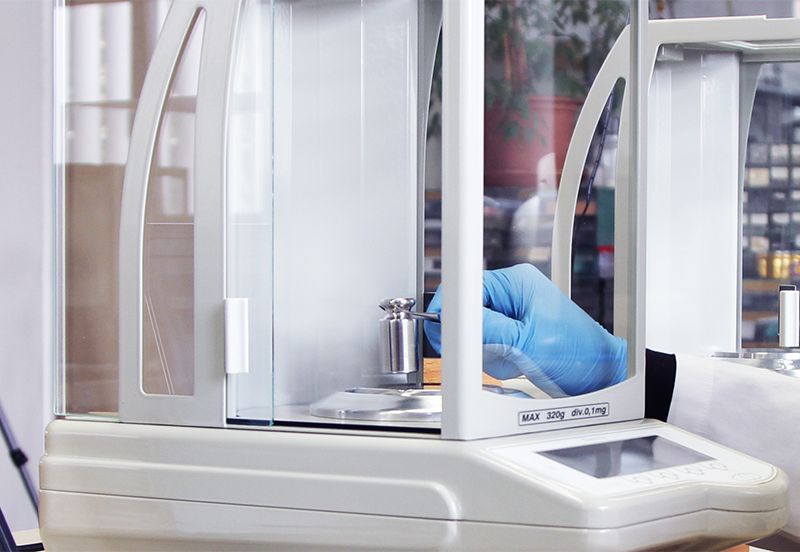
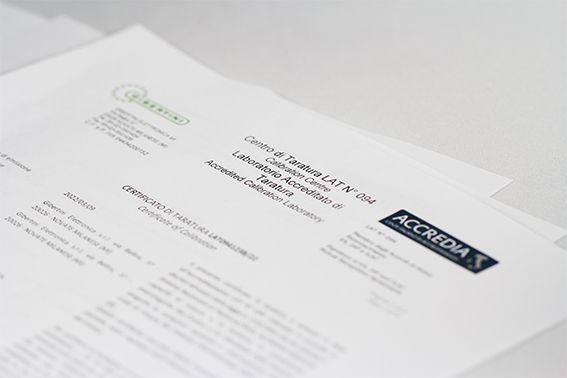
Designed for use in the food, cosmetic, university and other numerous sectors, all Gibertini laboratory scales can be supplied with :
To ensure compliance with the required standards and the reliability of the results of the measurements carried out( GMP, GLP, Ph.Eur ).
Quality ServiceAccredia LAT certified calibration is an operation performed by accredited technicians and provides the results obtained at the time of calibration (uncertainty, repeatability, minimum weight) :
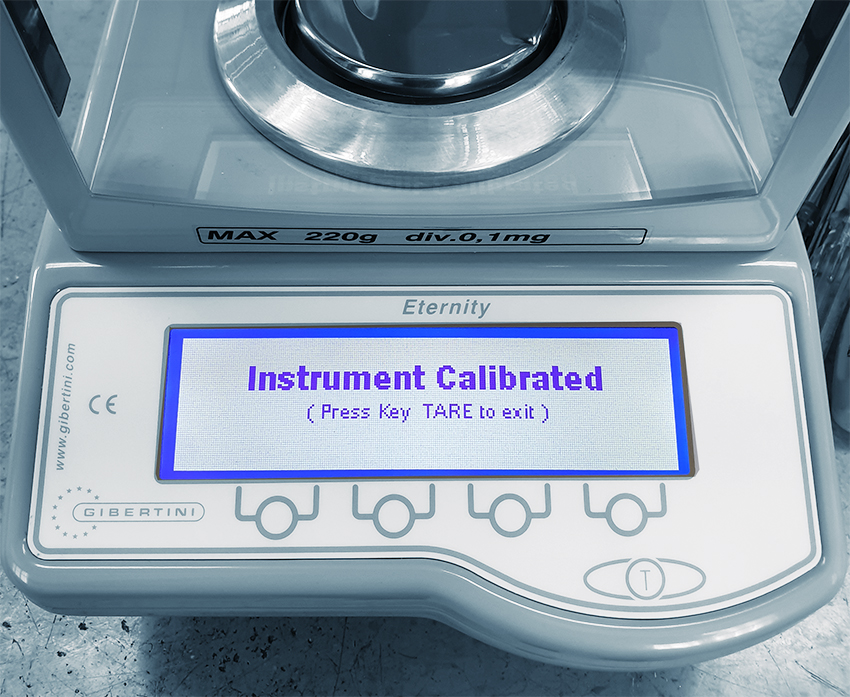
Analysis Laboratory instruments require constant "calibration", carried out by measurement samples defined as "reference samples". Gibertini Laboratory balances can be equipped with an internal calibration system or with a certified calibration masses .
Instrument calibration is fundamental process for the correct and repeatable operation of the analytical weighing system. It is a quality system procedure designed to guarantee the accuracy of the measurement results. Checking the accuracy of an instrument means ensuring that it remains stable between one calibration and the next, and that the certified accuracy remains as constant as possible over time.
The calibration frequency of the weighing instruments is determined :
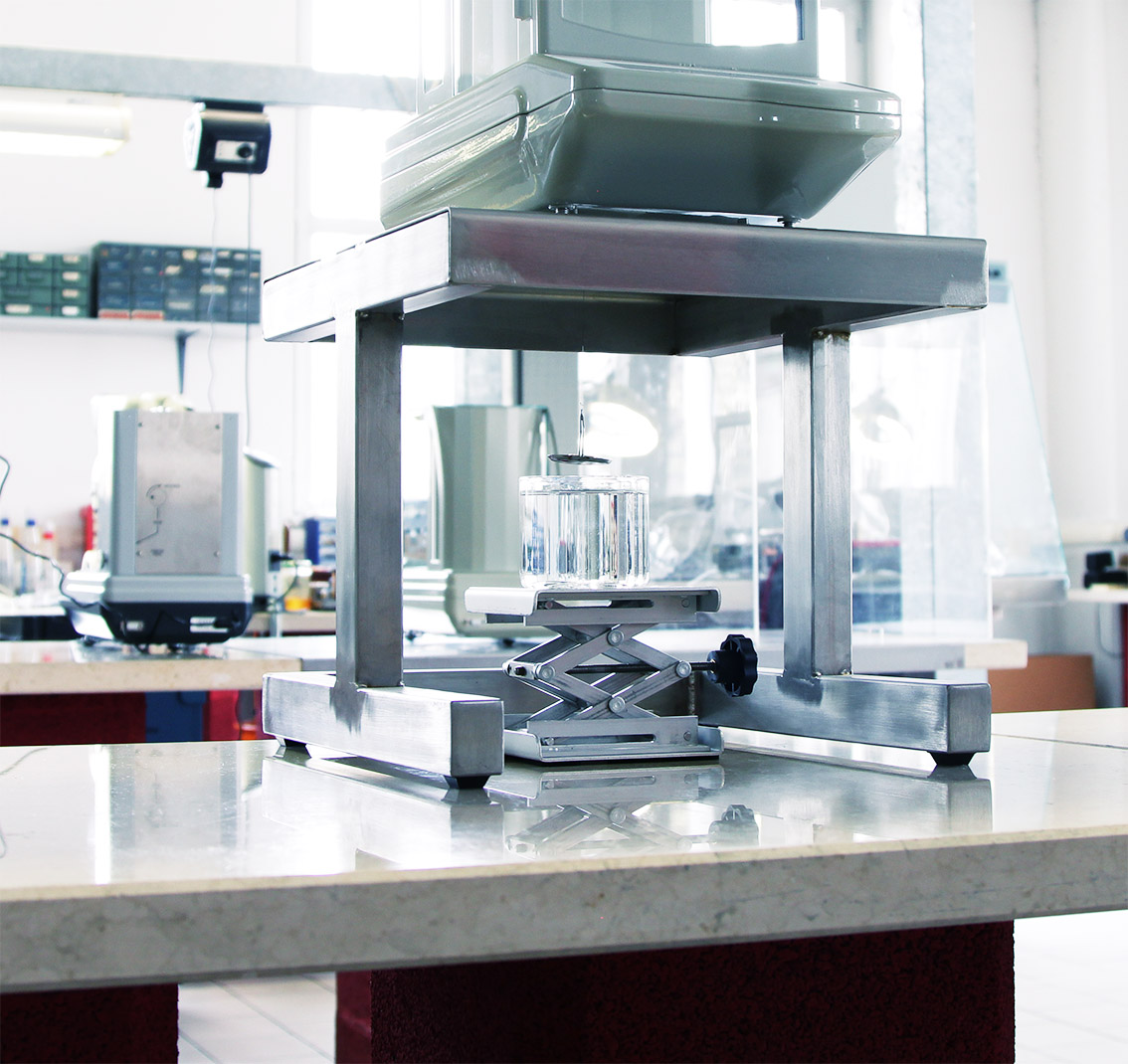
Density determination is an important qualitative parameter for both raw materials and finished products. Various techniques allow you to accurately determine the density of solid, viscous and liquid materials, such as metals, plastics, chemicals, lubricants and foods.
There are a number of standards and norms relating to the determination of density. Some of the most common are :
The gravimetric density determination is suitable for solids and liquids. How is density determined with a Gibertini balance?
For samples with density less than 1, the spherical cage is used to contain the sample
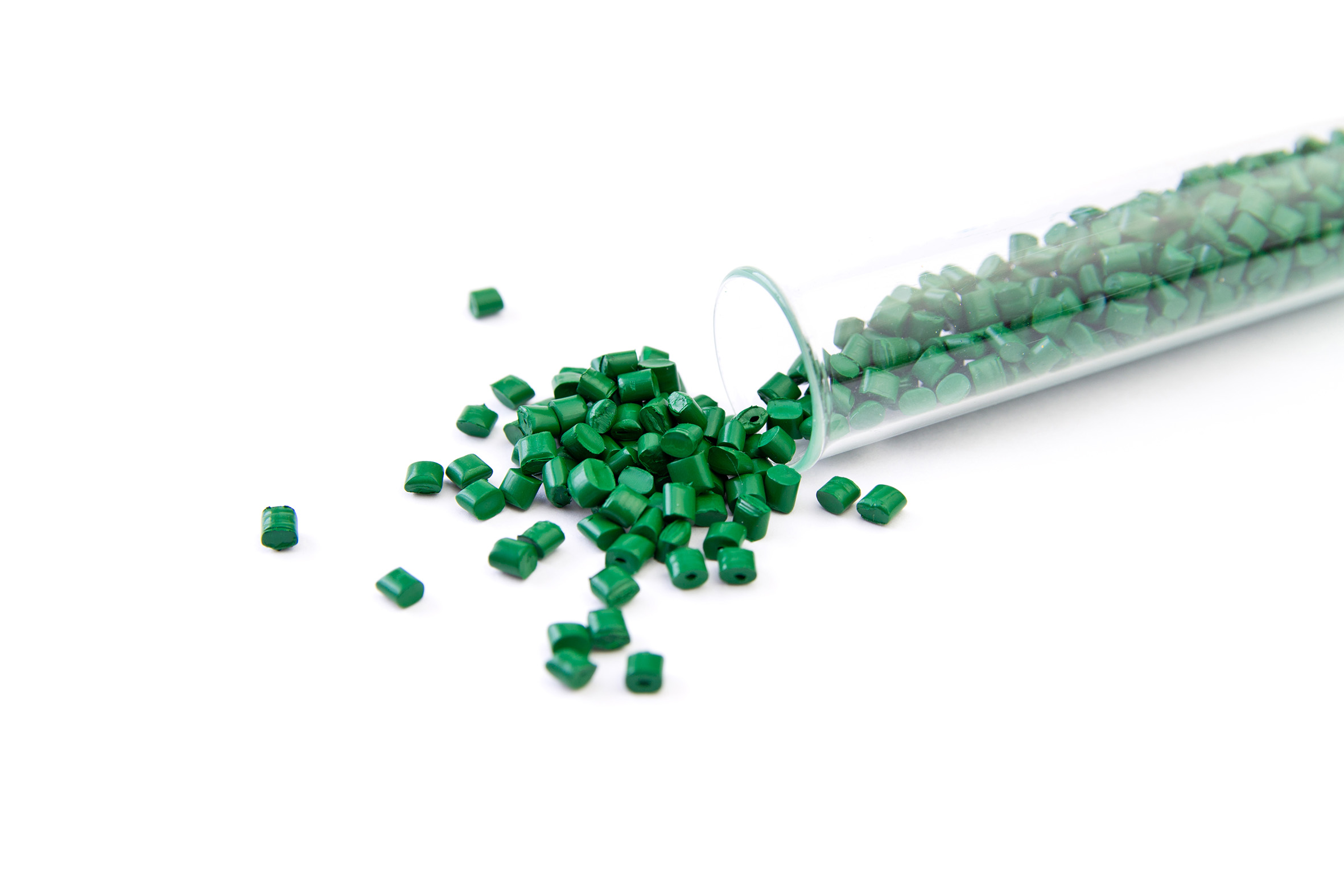
The density of a plastic sample can change due to the change in temperature, crystallinity, loss of plasticizers, solvent absorption.
It is important to determine the density in plastics for the following reasons:
Yes. ISO 1183-1 compliance requires a balance with a resolution of 0.1 mg or less and a sample with a mass of at least 1 g. CRYSTAL and ETERNITY balances with 0.1mg resolution and high repeatability can be used for the calculation of the sample density according to ISO1183-1
A qualified expert will analyze your needs to choose the right instrument.
Contact an expert